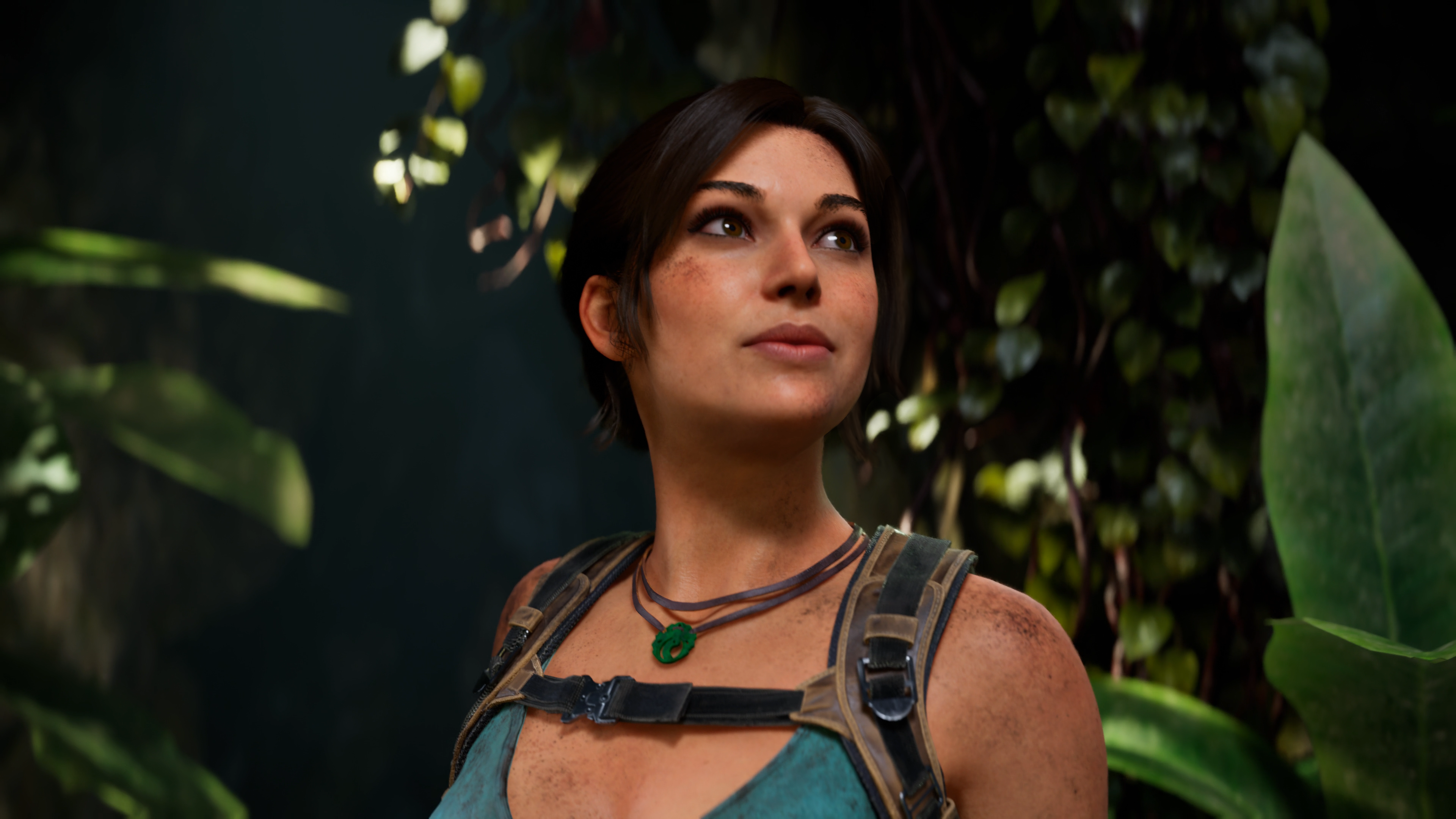Amazing AI turns doodles into fine art
The latest breakthrough in artistic artificial intelligence can turn sketches into digital 'oil paintings'.
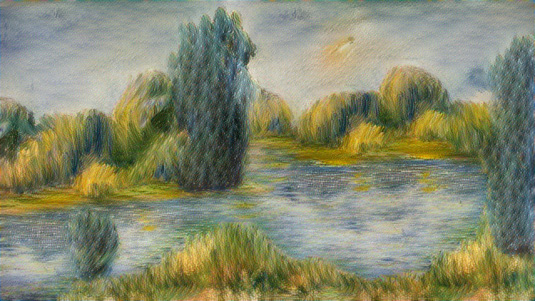
There's a lot of exciting work going on at the interface between art and artificial intelligence at the moment. In the last year we've been both amazed and horrified by Google's DeepDream, which can turn any image into a psychedelic lizard-dog freak-out, and we've loved the results of DeepForger, which uses a similar process but instead turns pictures into more traditional works of art.
The problem with both of these impressive techniques is that the results can be very random; there's no way of telling what you're going to get, or of tweaking the process to steer it in a particular direction.
But now there's a new AI-powered algorithm that offers a lot more control and enables you create stunning artwork based on any painting you like.
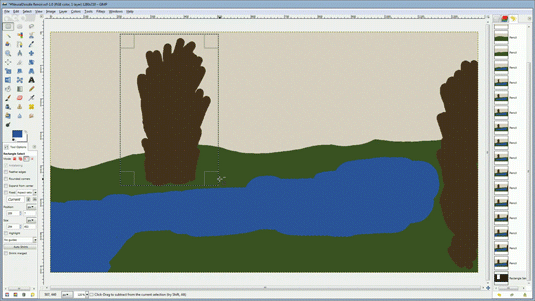
Neural Doodles is the work of Alex J Champandard, AI expert and the creator of DeepForger, and like DeepForger it'll create new works based on existing paintings. Unlike DeepForger, though, it allows you to direct how the work is created, using a process called Semantic Style Transfer.
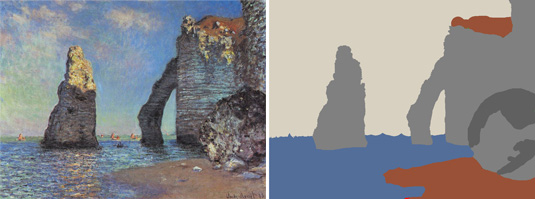
As well as a source image, you sketch out a two-bit, MS-Paint-style version; an annotation that Neural Doodles can use to recognise the different elements of the artwork.
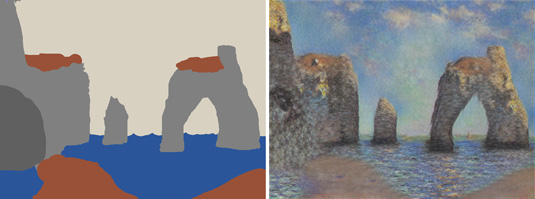
You then make a second sketch – your doodle – and the algorithm will extract annotated patches from the source image, and then incrementally transfer them into a new target image, based on how closely they match.
The result is a new synthesised image in the style of the original artwork, without the random elements that often crop up when you simply fling an image at a deep neural network and let it do its thing. As you can see from Champandard's early experiments, with a little preparation you can create a passable Renoir or Monet, and if the end result isn't up to scratch you can fine-tune the annotation and try again.
Daily design news, reviews, how-tos and more, as picked by the editors.
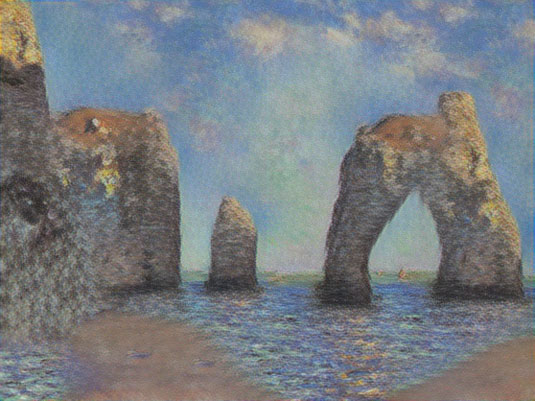
Like early DeepDream methods, Neural Doodles isn't for the faint-hearted at the moment. It's only available as a (well-comented) Python script and needs a couple of libraries installed; you can find more details in its GitHub repository.
However Champansard envisions it working as simple image app plugin in the future, and he's put together a neat little mockup of how it might work.
You can find Neural Doodles here, and read more about it in this blog post.
Liked this? Read these!
- How to draw a bear
- Browse through our how to draw collection
- How to improve your character drawing
- Check out these beautiful blocks of pixel art perfection
- View these stunning examples of pointillism
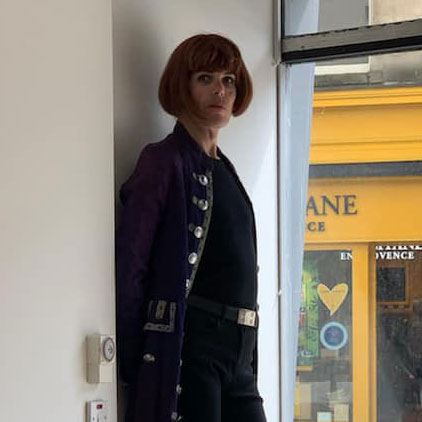
Jim McCauley is a writer, performer and cat-wrangler who started writing professionally way back in 1995 on PC Format magazine, and has been covering technology-related subjects ever since, whether it's hardware, software or videogames. A chance call in 2005 led to Jim taking charge of Computer Arts' website and developing an interest in the world of graphic design, and eventually led to a move over to the freshly-launched Creative Bloq in 2012. Jim now works as a freelance writer for sites including Creative Bloq, T3 and PetsRadar, specialising in design, technology, wellness and cats, while doing the occasional pantomime and street performance in Bath and designing posters for a local drama group on the side.
